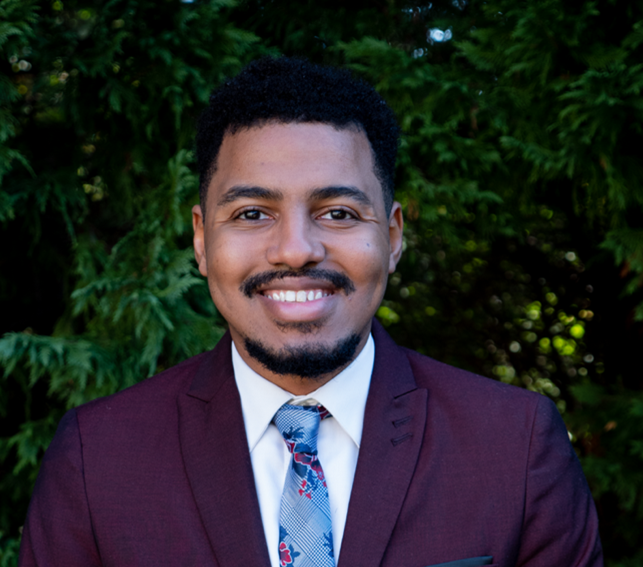 Contrasts and Connections included panelists Kevin Austin, Chair of Yadkin County Commissioners; Linda Brown, President of Asheboro/Randolph Chamber of Commerce; and Patrick Woodie, President of the NC Rural Center. They discussed economic opportunities that have been unfolding in rural and urban communities, workforce development, and the role new businesses play in shaping economic development, particularly focusing on providing opportunities for young residents.
Contrasts and Connections included panelists Kevin Austin, Chair of Yadkin County Commissioners; Linda Brown, President of Asheboro/Randolph Chamber of Commerce; and Patrick Woodie, President of the NC Rural Center. They discussed economic opportunities that have been unfolding in rural and urban communities, workforce development, and the role new businesses play in shaping economic development, particularly focusing on providing opportunities for young residents.During his presentation, Kevin Austin explained how Yadkin County is tackling decreasing workforce participation and their attempts to lower the percentage of disconnected youth. Through programs such as the Yadkin Guarantee Scholarship Program and Surry-Yadkin Works, Yadkin County invests in their young people by providing them with opportunities to make college more affordable and introduce them to manufacturing and technology opportunities available right in their backyards. Early results from the programs have been pleasing. The Yadkin Guarantee Scholarship Program has reached many students in the area and allowed the Yadkin Center at Surry Community College to expand and increase the number of courses they offer.
During Linda Brown’s presentation, she highlighted the challenges Randolph County faces and how they are conquering those challenges. Randolph County in 2020 saw a 65.5% increase in new business startups, yet a study highlighted by Linda Brown states that 70% of these new startups are doomed to fail. To combat this, the Asheboro/Randolph Chamber of Commerce launched an online business gym. Inside the gym, registered business owners can get free help through modules and templates on topics such as creating a business plan to self-care practices as a business owner from subject matter experts.
Lastly, Patrick Woodie gave an exceptional breakdown of the urban and rural demographics of North Carolina. Currently, 78 counties in North Carolina are rural, while 16 counties are considered regional cities/suburban counties, and 6 counties are considered urban. While Texas is the only state more rural than North Carolina, there is an even split in the population between North Carolina’s urban and rural counties. This even population split highlights Patrick Woodie’s main point that North Carolina’s urban and rural communities are interconnected and cannot exist without each other. They both need each other to thrive. Patrick Woodie also highlighted the state’s increasing diversity and how we must engage emerging new communities and make meaningful efforts to bring them to the leadership table.
As a Master of Public Policy student whose upbringing has been shaped by rural and urban communities, it was great to hear how rural communities are solving their communities’ issues. It was also great to hear how urban and rural communities in proximity are leaning on each other to solve North Carolina’s most complex issues, especially as they pertain to young people.

